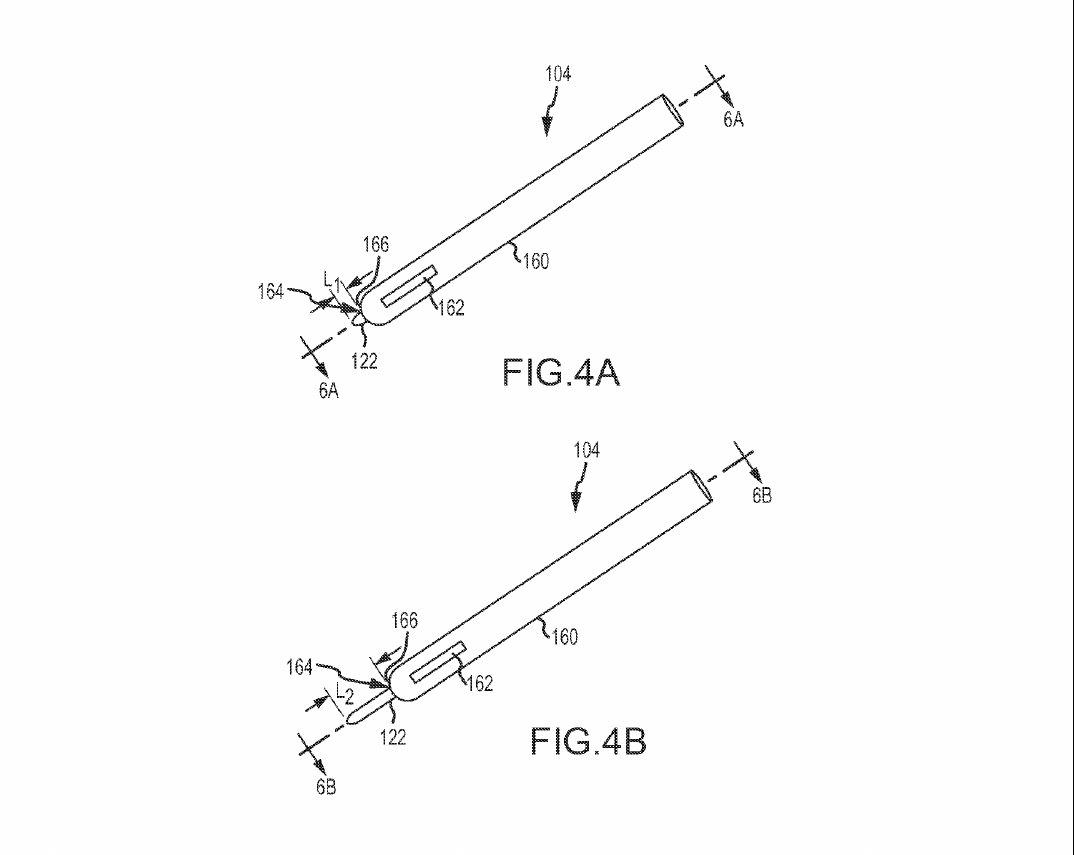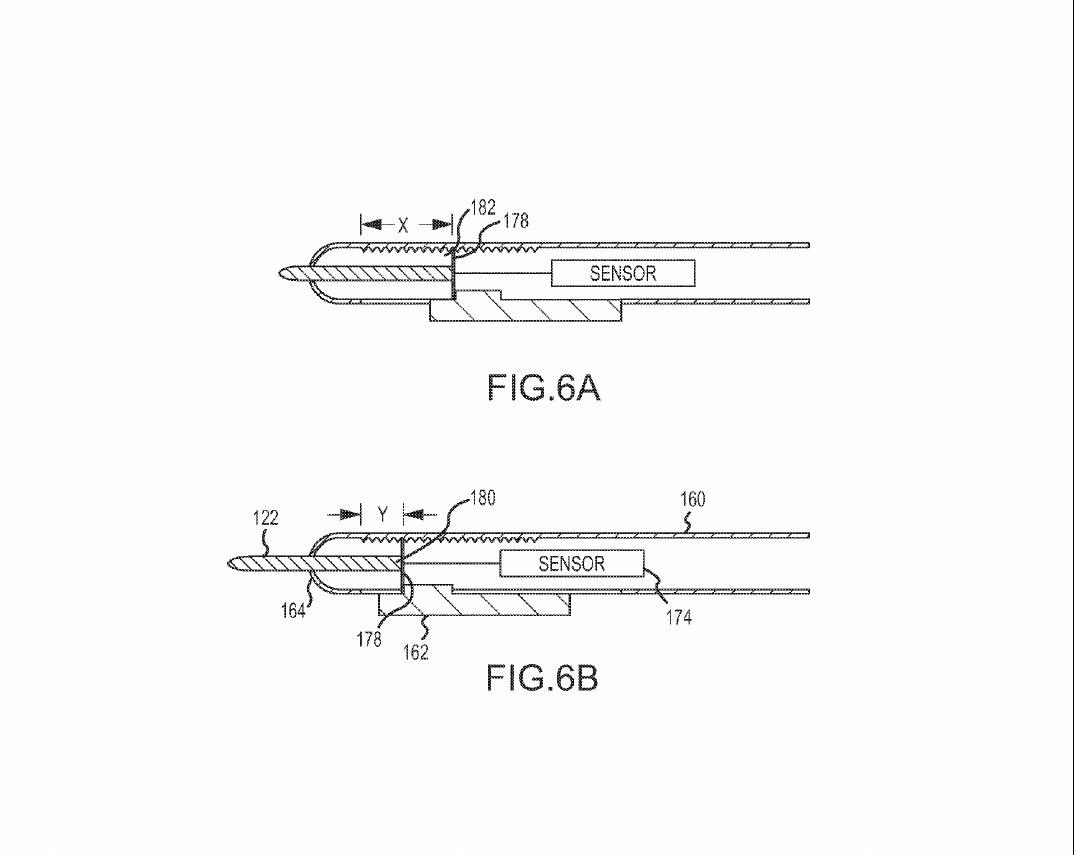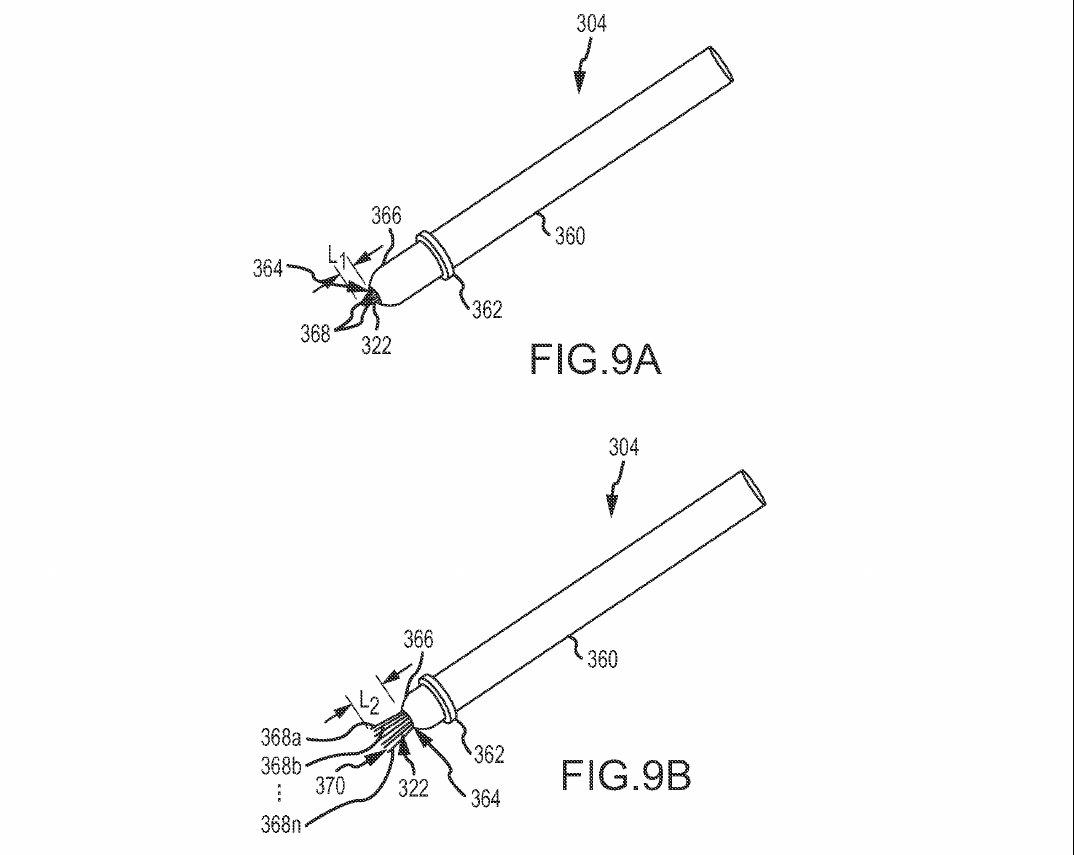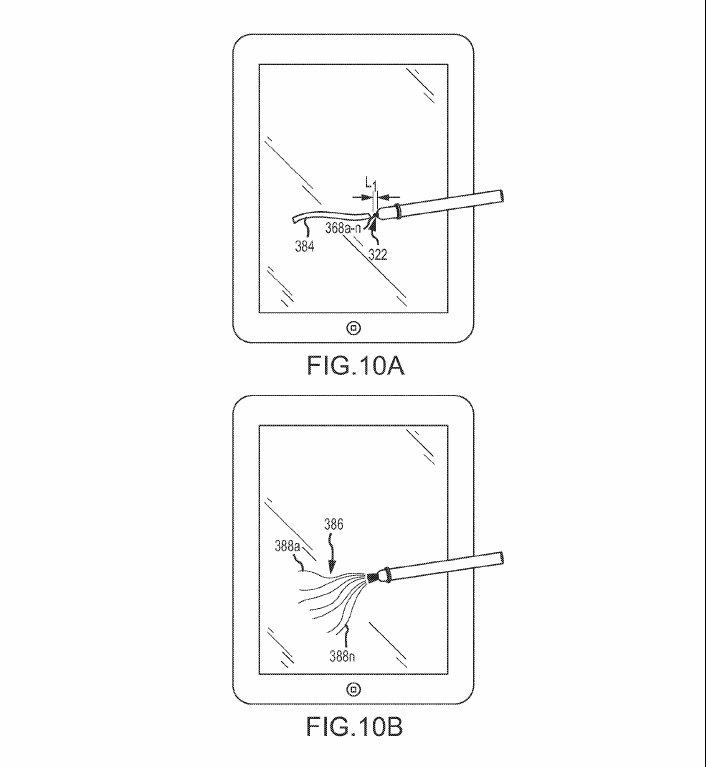Apple Patent Reveals Multi-Talented Extendable Stylus
It seems that Apple might be seriously mulling over backtracking on its anti-stylus stance, at least in theory. But the Cupertino-based tech company isn't just going for a run of the mill nib but is envisioning an input device that sounds like a dream come true, or even too good to be true.
Steve Jobs has been known to be quite adamant regarding the need for a stylus on Apple's mobile devices. In a way, that stance has forced developers to ensure that their apps are finger-friendly, unlike the the tablets of a pre-iPad era. However, there does seem to be some wisdom, and some need, to a more refined input device, and Apple seems to have given it much thought. Of course, this isn't the first time Apple has filed for a stylus patent, but this is probably the most ambitious one yet.
But instead of going Samsung's route of licensing an already proven technology from Wacom, Apple goes the extra mile by almost completely redesigning what you knew about capacitive styluses. This patent application filed in 2012 and just recently published by the USPTO reveals a stylus that can almost fit every need and more.
At the heart of every stylus is, of course, the nib, and this is where the magic of Apple's stylus lies. Instead of the fat rubbery nib common in capacitive styluses today, Apple is thinking of an extendable nib with multiple interaction points and varying flexibility. To put it in more practical terms, when the nib's point is close to the chassis, it only acts as a single touch point. but as it extends, the newly exposed areas can activate multiple touch points on the screen, which could be interpreted by an app to effect, say, a wider line or change opacity. The nib could even become more bendable as it extends further, emulating the feel of a brush. This last part sounds almost familiar, as it is the trick used by the NVIDIA Tegra Note to implement a sort of faux pressure sensitivity.
Apple, however, doesn't stop there. While the company is considering nibs made out of conductive material, it is also envisioning a nib that is actually made up of multiple strands. A switch mechanism can then be used to activate different forms of the strands, with one mode taking the form of a regular stylus nib, one becoming a sort of round brush, and another with the strands fanning out like a paintbrush. Perhaps the only disadvantage to this system is that all these changes in modes have to be triggered manually via a button or twist cap, though those quite used to Wacom's tablets might not be so inconvenienced.
But wait, there's definitely more! Apple is also planning on throwing in a bunch of sensors into the mix, like accelerometers and even light sensors. The latter can be used to either communicate with a touchscreen, which will be required to have light-sensing cameras beneath, to affect some changes, or to sample hues from real objects pretty much like a real-world Photoshop eye dropper tool.
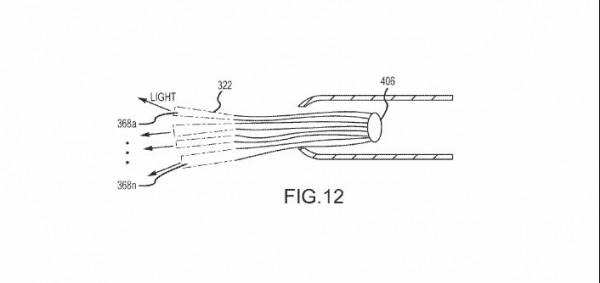
Of course, a patent is no assurance of an actual product and, in fact, the smörgåsbord of features is quite atypical of Apple design. It is more likely that there will be different styluses offered with different, and mutually exclusive, features. Still, it is a bit interesting to wait and see if Apple will truly venture outside the path it has strictly imposed on itself.
SOURCE: USPTO
VIA: Apple Insider

